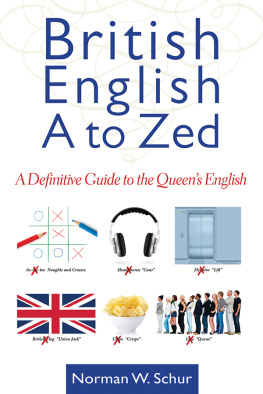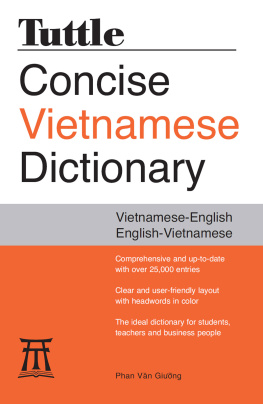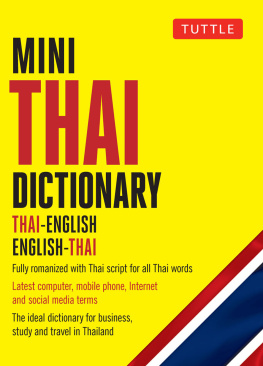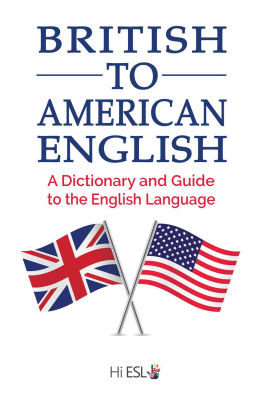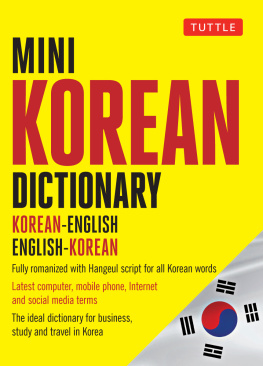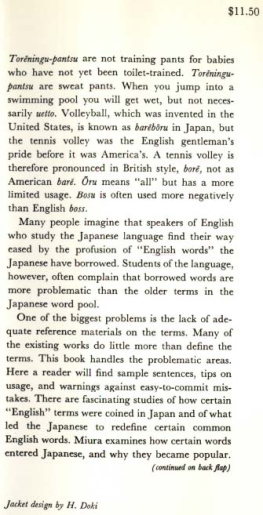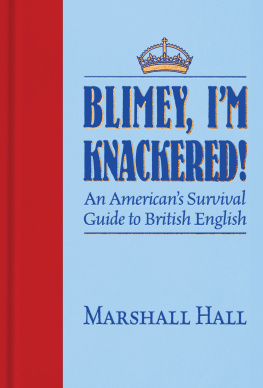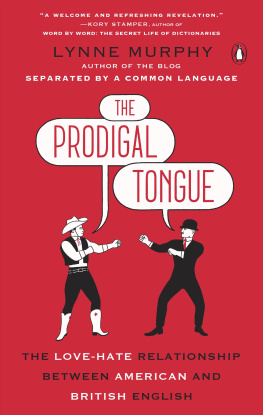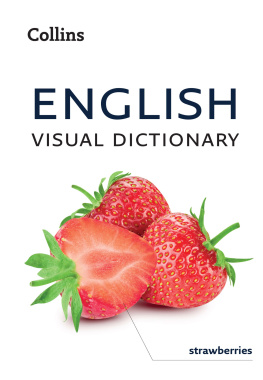B RITISH
E NGLISH
A TO Z ED

B RITISH
E NGLISH
A TO Z ED
A Definitive Guide to the Queens English
NORMAN W. SCHUR
R EVISED BY EUGENE EHRLICH
AND RICHARD EHRLICH

Copyright 1987, 2001, 2007 by Eugene Ehrlich and the estate of Norman W. Schur
First Skyhorse Publishing Edition 2013
All Rights Reserved. No part of this book may be reproduced in any manner without the express written consent of the publisher, except in the case of brief excerpts in critical reviews or articles. All inquiries should be addressed to Skyhorse Publishing, 307 West 36th Street, 11th Floor, New York, NY 10018.
Skyhorse Publishing books may be purchased in bulk at special discounts for sales promotion, corporate gifts, fund-raising, or educational purposes. Special editions can also be created to specifications. For details, contact the Special Sales Department, Skyhorse Publishing, 307 West 36th Street, 11th Floor, New York, NY 10018 or info@skyhorsepublishing.com.
Skyhorse and Skyhorse Publishing are registered trademarks of Skyhorse Publishing, Inc., a Delaware corporation.
Visit our website at www.skyhorsepublishing.com.
10 9 8 7 6 5 4 3 2 1
Library of Congress Cataloging-in-Publication Data is available on file.
ISBN: 978-1-62087-577-3
Printed in the United States of America
F oreword
Over 25 years have passed since the first edition of British English A to Zed was published, and five since its second edition. Over those two and a half decades, and even in the decade or so since the second edition, there have been significant changes in British Englishand in British life. This edition aims at taking stock of those changes.
Most important, this edition adds more than 500 new words and terms that have come into common use since the previous edition was published. The additions are by no means comprehensive, but they include some of the most prominent new locutions in a language that has grown increasingly rich. The Queens English, often regarded as a paradigm of correct and proper usage, has been busy absorbing words and phrases from diverse sourcessome reflecting new political alignments, some from overseas, many from the argot of the street. No lexicon of British English can ignore these, as Norman Schur recognized when he wrote the first edition of British English A to Zed, and this edition continues with that work.
This new edition also adds a gloss on the work of the earlier editions. Some of the words given as standard usage in the first edition are now rarely used, and those entries have been duly amended to take account of the change. Some old words have changed their meanings, and those changes, too, are included. It should also be noted that some fundamental changes in British lifein areas as diverse as education and telecommunicationshave occurred since Norman Schur wrote his first edition. This edition attempts to track those changes, both in amended entries and in new entries.
Any language is in a constant state of development. When this book is next updated, whether in five or in 20 years, the incessant process of linguistic and social change will require still further additions and emendations. This edition, though compiled with utmost care, can be regarded only as a work in progress. And that is true also of the English language itself.
We thank Emma Dally, of London, England, for her invaluable assistance with many editorial tasks. Likewise, Rebecca, Alice, and Ruth Ehrlich all gave valuable advice on contemporary slang.
Eugene Ehrlich
Mamaroneck, New York
Richard Ehrlich
London, England
P REFACE TO THE F IRST
E DITION
The book is essentially a glossary of Briticisms for the guidance of Americans caught in the entrapment of a common language. I have seen fit to include certain terms and expressions which, though they may be fading from current British use, or may even have disappeared completely from most peoples everyday conversation, an American might run up against in the literature of a few years ago, or quite possibly in the conversation of an elderly person, especially in the more remote parts of the British countryside. In some instances, I have expanded the discussion in an effort to demonstrate not only peculiarities of the language of Britain, but also aspects of her culture as reflected by her language.
What began as a pastime took on tangible form and, somewhat to my own surprise, has emerged as a serious compilation. I would be grateful if (in addition to omissions and possible erroneous inclusions and definitions) new items which appear from time to time were called to the attention of the publisher. Not the least of my rewards has been the volume and tenor of the response I have received from scholars and aficionados in many parts of the world who have written letters ranging from a few words of appreciation to essays full of valuable information and comments. Many of the entries must evoke some controversy and even censure. A dictionary-maker, said H. W. Fowler in his preface to the Concise Oxford Dictionary (reprinted in the sixth edition of that admirable work, 1976), unless he is a monster of omniscience, must deal with a great many matters of which he has no first-hand knowledge. That he has been guilty of errors and omissions in some of these he will learn soon after publication, sometimes with gratitude to his enlightener, sometimes otherwise.
Norman Schur
1987
E XPLANATORY N OTES
For a full discussion of the criteria used in assembling the Briticisms and their American equivalents the reader is referred to the Introduction. The following are brief notes on how to use the dictionary.
Entries
Briticisms, listed alphabetically, are set in boldface on the left-hand side of each entry. American equivalents are set in boldface on the right, opposite the British headword. When there is no American equivalent, see comment refers the reader to the comment under the headword.
Labels
Parts of speech are set in italics, immediately following the British headword. Usage labels: when a Briticism is nonstandard this is indicated in italics, either at the beginning of the comment or, when there is no comment, immediately following the function label. The labels used are: Rhyming slang, Slang, Inf. (Informal), Old-fash. (Old-fashioned), and Rare. American equivalents are similarly labeled. Though it has been the policy to attempt to provide American equivalents of the same usage level, that has not always been possible, and in such cases a comment always follows the headword. When the American equivalent is only an approximation of its British counterpart, it is preceded by approx.
Pronunciation
When the pronunciation of a Briticism is idiosyncratic, i.e., not ascribable to general differences between British and American pronunciation, a phonetic transcription in small capital letters is given at the beginning of the comment, following the usage label. The system of notation used is too simple to merit a table of its own.
Sense Distinctions
Arabic numerals separate the senses of a headword, both in the American equivalent and in the comment. Divisions are based on usage rather than strict semantic distinctions.
Comment
Examples of typical usage are set in italics, as are British and American terms that are used to illustrate meaning. Glosses of Briticisms are set in single quotes. Briticisms used in the comments which appear in the alphabetical listing are set in
Next page
